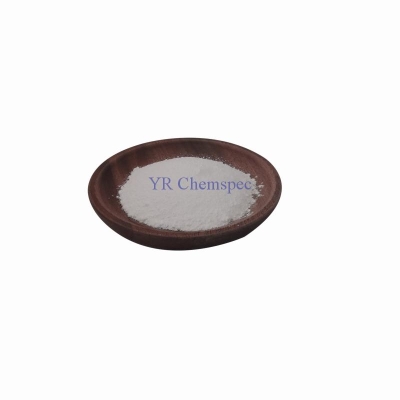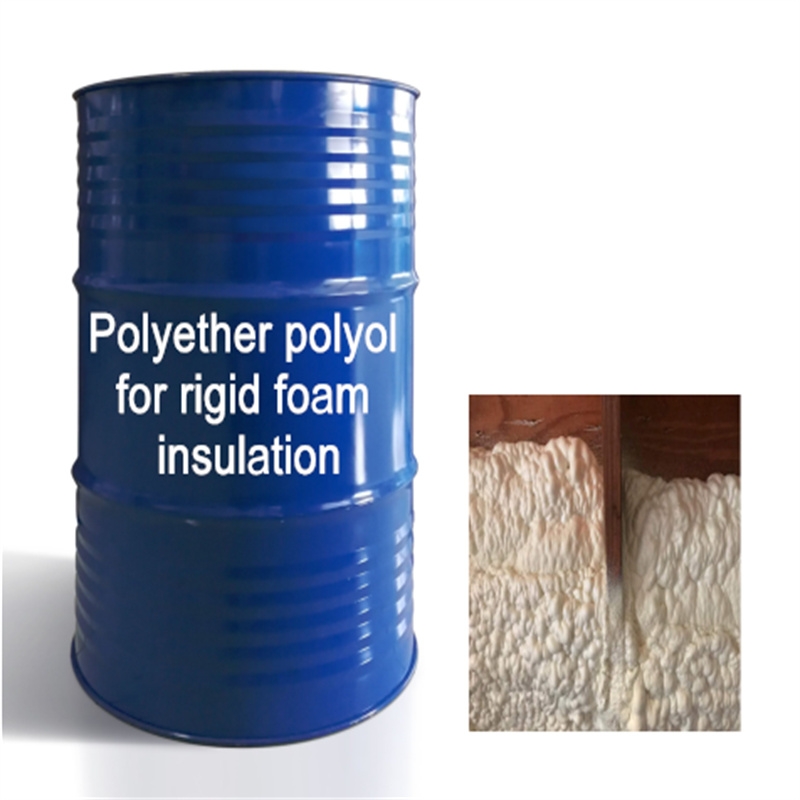-
Categories
-
Pharmaceutical Intermediates
-
Active Pharmaceutical Ingredients
-
Food Additives
- Industrial Coatings
- Agrochemicals
- Dyes and Pigments
- Surfactant
- Flavors and Fragrances
- Chemical Reagents
- Catalyst and Auxiliary
- Natural Products
- Inorganic Chemistry
-
Organic Chemistry
-
Biochemical Engineering
- Analytical Chemistry
- Cosmetic Ingredient
-
Pharmaceutical Intermediates
Promotion
ECHEMI Mall
Wholesale
Weekly Price
Exhibition
News
-
Trade Service
(2) Purification method
The classic purification treatment method is solid phase extraction (SPE)
.
With the development of science and technology and the continuous improvement of the requirements for the detection of Zeng drug residues, various new technologies and new methods have also been used as sample pretreatment methods for QNs in biological samples, mainly including: solid phase microextraction (SPME), matrix solid phase dispersion (MSPD), dispersed solid phase extraction (DSPE), molecular imprinting (MIP), immunoaffinity chromatography (IAC) and the like
1) Solid phase extraction (SPE)
The SPE purification method of QNs is mainly used for the purification of tissue samples extracted by polar solvents
.
Normally, n-hexane is used for degreasing before SPE purification
2) Solid phase microextraction (SPME)
SPME has the advantages of simple operation, no solvents, fast extraction speed, easy to realize automation, easy to be combined with high-efficiency separation and detection methods such as chromatography and electrophoresis, and is suitable for gas, liquid and solid sample analysis, novel sample pretreatment technology, etc.
The advantages
.
Compared with SPE, the SPME method has the characteristics of less extraction phase, higher selectivity of the analyte, and easier elution of the solute
3) Matrix solid phase dispersion (MSPD)
MSPD mixes and grinds the sample and the filler together, so that the sample is evenly dispersed on the surface of the stationary phase particles, made into a semi-solid state and packed into a column, and then selects a suitable eluent for elution according to the principle of "similar compatibility"
.
This technology condenses multiple processes such as homogenization, tissue cell lysis, extraction, and purification in traditional sample pretreatment, and avoids the loss of the analyte in these processes.
4) Dispersive solid-phase extraction (DSPE)
DSPE is a new sample pretreatment technology developed on the basis of SPME
.
Tsai et al.
QuEChERS is a rapid sample pre-processing technology for agricultural products testing that has been newly developed internationally in recent years
.
The principle is similar to DSPE, which uses the interaction between the adsorbent filler and the impurities in the matrix to adsorb impurities to achieve the purpose of impurity removal and purification
5) Molecular imprinting technology (MIT)
MIT refers to a polymer preparation technology that matches the template molecule in the spatial structure and binding site.
It is an interdisciplinary subject derived from polymer chemistry, biochemistry, and materials chemistry
.
Molecular imprinting is to imitate the formation mechanism of antigen and antibody, forming highly cross-linked rigid polymer around imprinted molecule.
6) Immunoaffinity chromatography (IAC)
IAC is a column chromatography technology based on immune binding reaction
.
The principle is to couple the antibody with an inert matrix to make an immunosorbent and pack it into a column
Holtzapple et al.
prepared antibodies using SAR as a hapten and coupled with protein G to prepare immunoaffinity chromatography columns.
The four types of QNs in chicken liver were extracted by automatic online immunoaffinity chromatography.
After the immunoaffinity chromatography column was washed, the QNs were Elute directly to a phenyl reversed-phase chromatography column with 2% acetic acid-acetonitrile (85+15, v/v) as mobile phase, isocratic elution, fluorescence detector detection, excitation and emission wavelengths are 280nm and 444nm, respectively
.
It was found that the sample matrix had no interfering impurities and was well purified
.
The recovery rate at the 3 additive concentrations (20ng/g, 50ng/g and 100ng/g) is 85.
7%~93.
5%, the SD is less than 5%, the LOQ is 1ng/mL, and the LODs of CIP, ENR, SAR, and DIF are respectively It is 0.
47ng/mL, 0.
32ng/mL, 0.
87ng/mL and 0.
53ng/mL
.
In another study, Holtzapple et al.
used SAR as a hapten to prepare high-affinity monoclonal antibodies and conjugated with protein G to prepare HPIAC.
HPIAC was directly connected to HPLC to separate and detect two kinds of QNs in serum
.
Due to the high selectivity of antibodies, this method does not use organic solvents and traditional liquid chromatography columns
.
The recovery rate of ENR is 89%~102%, the average recovery rate is 94%, and the LOD is 0.
8ng/mL; the recovery rate of SAR is 91%~106%, the average recovery rate is 98%, and the LOD is 1.
7ng/mL
.
Holtzapple et al.
also established an online HPIAC-reverse phase HPLC-FLD method to detect four QNs (CIP, ENR, SAR, DIF) in bovine serum
.
HPIAC is connected to reversed-phase HPLC, the excitation and emission wavelengths of FLD are 280nm and 444nm, respectively
.
The average recovery rates of CIP, ENR, SAR, and DIF were 99.
2%, 102.
3%, 97.
8%, and 101.
49%, respectively.
The average intra-day RSD and average inter-day RSD were 3.
0% and 4.
9%, respectively, and the LOD was 3.
2 ng/mL and 1.
8, respectively.
ng/mL, 4.
7ng/mL and 2.
8ng/mL, the LOQ of 4 kinds of QNs is 3.
2ng/mL
.
Li et al.
established a new MIAC method to simultaneously couple sulfonamides and QNs' broad-spectrum specific monoclonal antibodies with Sepharose 4B to prepare a method that can separate and purify 13 kinds of QNs and 6 kinds of sulfa drugs in pig and chicken muscle tissues at the same time.
IAC column, LC-MS/MS detection
.
A new type of monoclonal antibody prepared with sulfamethoxazole as the hapten has a cross-reaction rate of 31% to 112% for six sulfa drugs.
By optimizing relevant conditions, the prepared IAC column can separate and purify QNs and sulfa drugs at the same time Drugs
.
The recovery rate of 19 drugs in animal tissues was 72.
6%-107.
6%, the intra-day and inter-day SD were lower than 11.
3% and 15.
4%, and the LOQ was 0.
5-3.
0ng/g
.
Zhao Sijun and others established an HPLC detection method that can simultaneously detect 10 kinds of QNs (MAR, CIP, NOR, DAN, LOM, ENR, SAR.
DIF, OxO and FLU) in animal liver tissues using IAC purification technology
.
The performance and operating conditions of the IAC column prepared with QNs antibody were investigated and optimized
.
The coupling amount of antibody is 5g/L, and its column capacity for 10 kinds of QNs is 3.
75~6.
67umol/L gel (1425~2135mg/L gel), and methanol-PBS (7+3, v/v) is used as washing After removing the solution and using it continuously for 12 times, the column capacity of QNs can still reach 38%-45% of the initial column capacity
.
After the IAC column was reused 20 times, the recovery rate of the drug and the purification effect of the sample did not change significantly
.
The animal liver tissue samples were extracted with PBS solution, purified by IAC column, and detected by HPLC-FLD.
The linear range of the method is 0.
15-200μg/L, the correlation coefficient is greater than 0.
9989, and the LOD is 0.
05-0.
15μg/kg.
10 kinds of QNs in animal liver The average recovery rate is 74.
7%-94.
8%, and the RSD is 3.
9%-12.
1%
.







